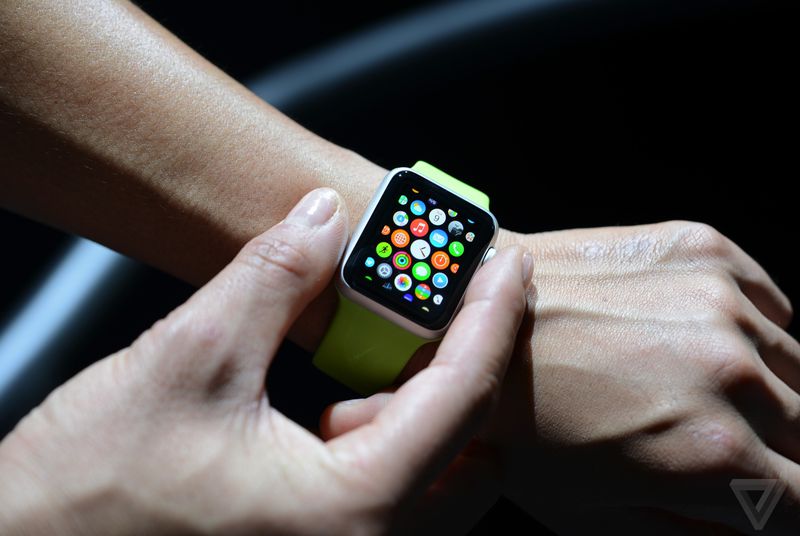// The Verge - All Posts

Microsoft's event this afternoon may have focused on Windows 10, but the biggest news out of it was HoloLens — a headset that lets its wearer augment their world with apps, games, and other information. Since that's a difficult experience to convey on stage, Microsoft first presented its vision for what'll be possible with HoloLens in a pair of videos, both of which it's now published onto YouTube. You can watch the glasses' introduction above and an additional video speculating about their potential below. In case you haven't caught on, Microsoft has huge ambitions here: "This is the next generation of computing," one person says. "This is the next PC."


